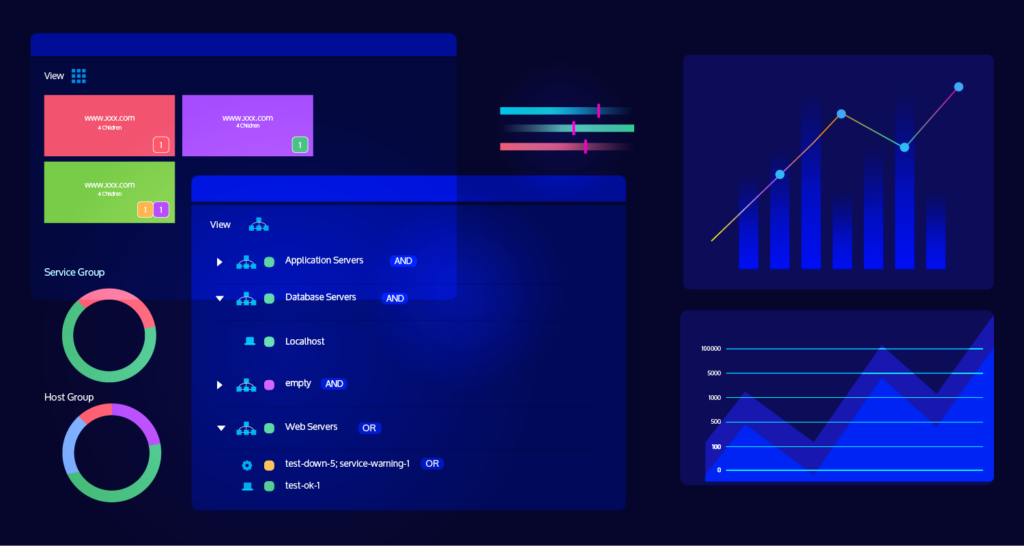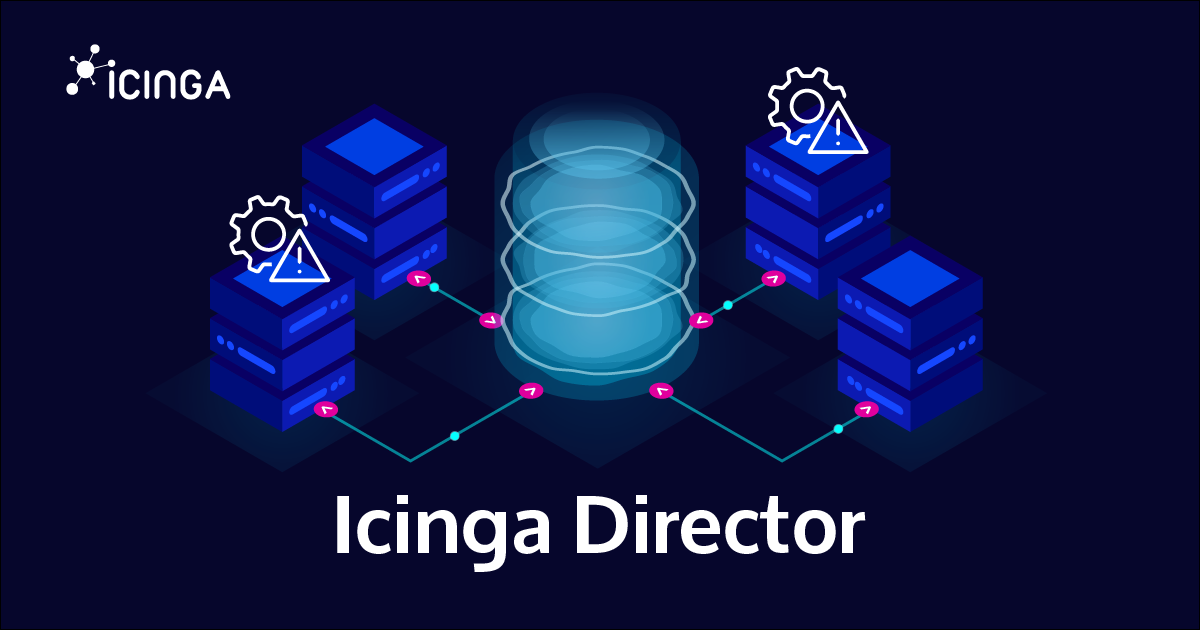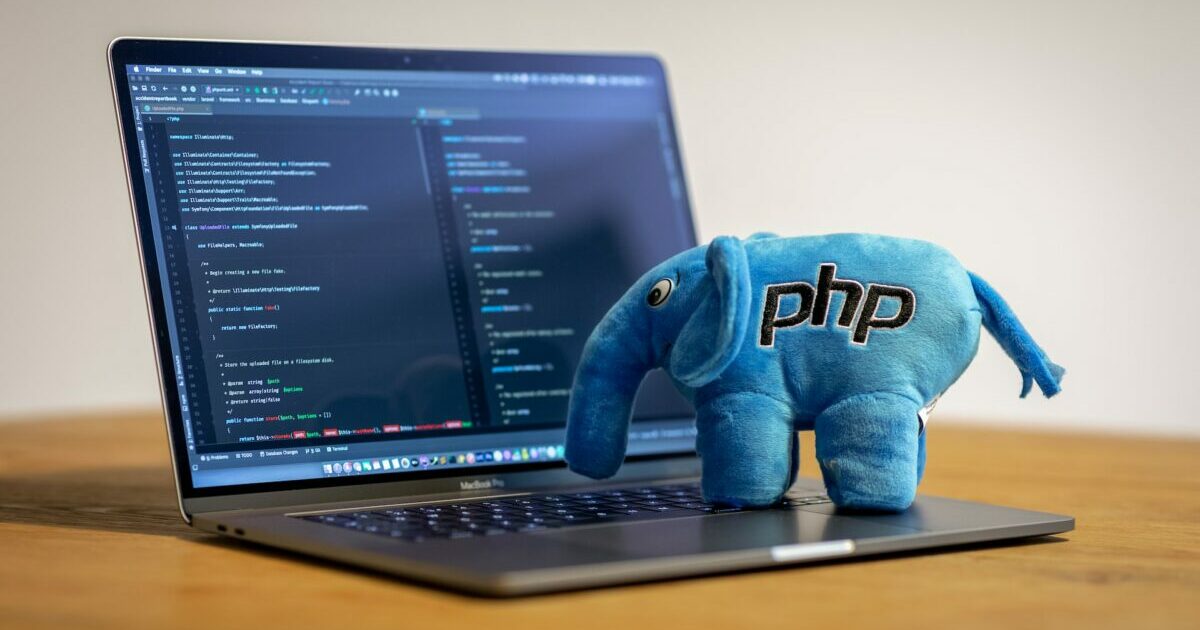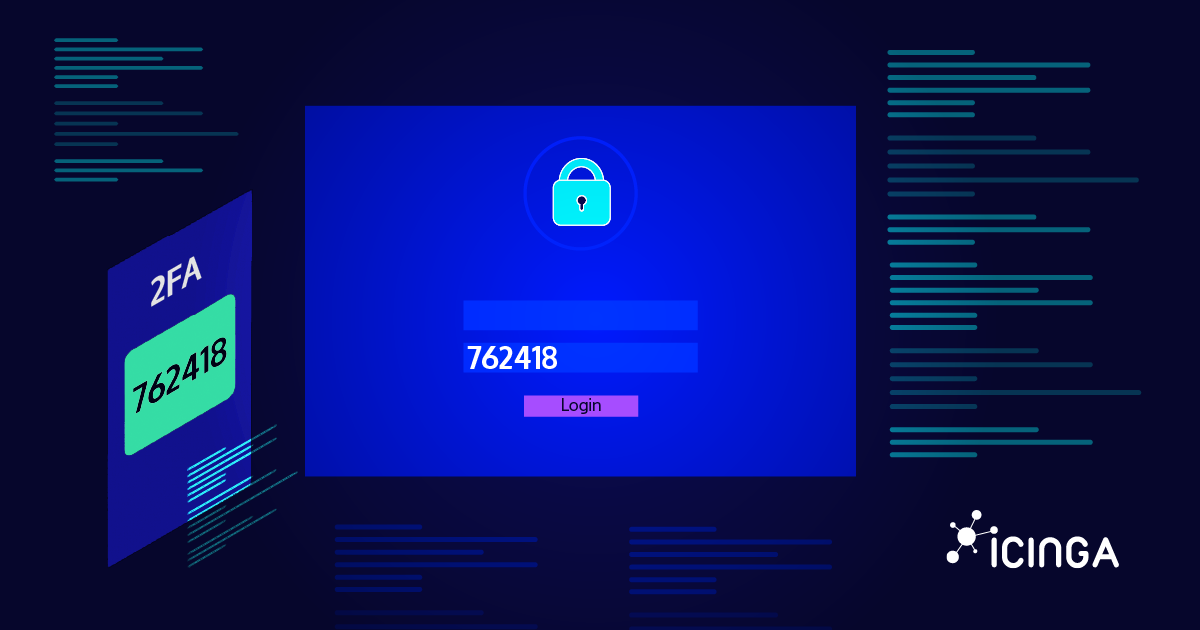Defining the Terms: Observability, Monitoring, and Telemetry
In the realm of IT infrastructure, understanding observability, monitoring, and telemetry is crucial. Each plays a distinct role in system management. While they interconnect, their specific functions differ, offering unique insights into system health.
Observability is the ability to comprehend a system’s internal states through its outputs. It provides a broader perspective, capturing nuances that might go unnoticed with traditional monitoring. This insight helps identify potential issues before they become significant problems.
Monitoring focuses on collecting and analyzing performance data. It is essential for gauging system health, offering real-time feedback. This data-driven approach enables quick response to anomalies, minimizing downtime and enhancing reliability.
Telemetry, on the other hand, revolves around the automated transmission of data from remote systems. It feeds valuable information into monitoring and observability frameworks, ensuring comprehensive system assessments.
To summarize, these concepts support maintaining robust IT environments:
- Observability: Offers deep insights and understanding.
- Monitoring: Tracks performance and alerts issues.
- Telemetry: Gathers essential data from afar.
Observability
Observability is about gaining insights into a system’s inner workings. It goes beyond simple data collection, focusing on how and why issues arise. A system is truly observable when its internal states can be deduced from its outputs.
Incorporating metrics, logs, and traces, observability paints a complete picture. It provides context, allowing IT professionals to troubleshoot effectively. This holistic approach facilitates proactive problem-solving, mitigating risks before they escalate.
The power of observability lies in its ability to transform data into actionable insights. By understanding both the “what” and the “why,” teams can make informed decisions. This capability enhances system reliability and performance.
Monitoring
Monitoring serves as the backbone of IT management, concentrating on tracking system performance. Through predefined alerts, it signals when thresholds are breached. This real-time alert mechanism ensures that issues are promptly addressed.
Effective monitoring reveals the current state of a system, highlighting anomalies. It enables SysAdmins to maintain optimal performance, minimizing disruptions. With the right tools, monitoring offers transparency into everyday operations.
By continuously observing system metrics, monitoring helps teams identify trends. These insights lead to better capacity planning and resource allocation. In turn, this improves the overall stability and efficiency of IT environments.
Telemetry
Telemetry is the process of collecting and transmitting data from remote sources. It ensures that all necessary information is readily available for assessment. Through automated data gathering, telemetry supports both monitoring and observability.
It plays a vital role in distributed systems, where remote nodes generate critical data. Telemetry enables the aggregation of this information, facilitating comprehensive analysis. This process ensures that monitoring efforts are thorough and accurate.
The integration of telemetry into IT systems offers significant benefits. It enables deeper system insights, helping to locate hidden issues. As a result, organizations can manage their infrastructure with greater precision and control.
Observability vs Monitoring: The Key Differences
Observability and monitoring, though interconnected, serve distinct purposes in IT management. Understanding the difference between monitoring and observability is essential for effective system oversight. Both contribute to maintaining stability and reliability but approach these goals differently.
Monitoring is largely reactive. It focuses on identifying known issues through predefined alerts. Systems are monitored based on thresholds and set parameters. When an anomaly occurs, monitoring tools notify administrators to take action.
Observability, however, takes a more proactive approach. It seeks to understand why an issue occurs, not just that it has. By analyzing system outputs, observability provides deeper insights. This helps in diagnosing problems earlier.
The main distinctions between observability and monitoring are as follows:
| Monitoring | Observability | Telemetry | |
|---|---|---|---|
| Purpose | Track system health and performance | Diagnose and resolve complex issues | Collect and transmit system data |
| Scope | Predefined metrics and alerts | Logs, metrics, and traces | Metrics, logs, and traces |
| Reactive/Proactive | Reactive | Proactive and investigative | Foundational |
| Key Questions | “What is happening?” | “Why is it happening?” | “How is data gathered?” |
- Scope: Monitoring views system health through specific metrics, while observability looks at the overall ecosystem.
- Proactivity: Observability aims to prevent issues proactively. Monitoring is more about reactive problem identification.
- Context: Observability offers context, explaining why issues happen. Monitoring focuses on tracking metrics and generating alerts.
In essence, monitoring is a component of the broader observability strategy. Observability encapsulates monitoring, but with added context and insight. This makes observability essential for robust, future-proof IT systems. By leveraging both, SysAdmins ensure comprehensive oversight and enhanced operational efficiency.
Telemetry vs Observability: How They Intersect
Telemetry and observability are intertwined in the landscape of modern IT management. While distinct, they work together to provide a comprehensive view of system health. Telemetry involves the automated collection and transmission of data.
This process fuels observability by supplying the necessary data for analysis. Telemetry gathers metrics from distributed systems, facilitating observability’s insights. It enables real-time data flow from various components, essential for dynamic environments.
Observability, on the other hand, interprets the telemetry data. It analyzes the collected information to uncover system states and trends. This interpretation helps in understanding complex system behaviors.
The intersection lies in how telemetry acts as observability’s foundation. Without telemetry, observability lacks the input it needs. Observability builds upon telemetry, transforming raw data into actionable insights.
Together, telemetry and observability offer a powerful combination. They ensure detailed insights and help SysAdmins manage intricate IT infrastructures more effectively. This synergy is key to maintaining robust and reliable systems.
The Three Pillars of Observability: Metrics, Logs, and Traces
Observability relies on three key components: metrics, logs, and traces. Each pillar plays a unique role in understanding system health.
Metrics provide quantitative data points about system performance. These include measurements like CPU usage and memory consumption. Metrics help track system behavior over time.
Logs capture textual records of events within a system. They provide context by detailing what actions occurred. Logs are crucial for diagnosing issues and understanding workflows.
Traces offer insights into the flow of operations across a system. They map interactions between different services and components. Traces are vital for identifying bottlenecks in distributed architectures.
These three pillars work together to provide comprehensive observability. Metrics offer a numerical overview; logs deliver detailed accounts. Traces connect operations, weaving the story of system interactions.
A balanced approach to these pillars enhances observability. This synergy empowers SysAdmins to troubleshoot efficiently and maintain system reliability. Understanding these elements is essential for effective IT management.
The Role of Telemetry in Effective Monitoring
Telemetry is vital for robust monitoring systems. It involves the seamless transmission of data from various sources. This data is often gathered from remote or hard-to-access environments.
Without telemetry, monitoring would face significant limitations. Telemetry collects critical data automatically. This process ensures that monitoring tools receive up-to-date information continuously.
Telemetric data informs monitoring tools about real-time events and performance indicators. This helps pinpoint potential issues before they escalate. It acts as the backbone for detailed system insights and reporting.
Moreover, telemetry contributes to the comprehensive understanding of complex IT environments. It supports distributed tracing, providing clarity on interactions within microservices. This capability is crucial in distributed and cloud-native setups.
Incorporating telemetry enhances the precision and effectiveness of monitoring. It enables SysAdmins to manage infrastructure more efficiently. Reliable telemetry is essential for maintaining system health and performance.
Overcoming SysAdmin Challenges with Advanced Observability
SysAdmins grapple with the complexity of modern IT infrastructures. Heterogeneous environments add to this challenge. Observability offers a solution by making systems more transparent.
Advanced observability tools provide deep insights into infrastructure behavior. They help SysAdmins understand not only what happens but also why. This contextual knowledge is invaluable for troubleshooting.
The integration of telemetry enhances observability. It ensures continuous data flow, essential for real-time analysis. Through telemetry, observability covers even remote components.
Open-source tools like Icinga offer SysAdmins customizable solutions. These tools adapt to varied environments, providing flexible monitoring. They empower users to tailor alert systems to specific needs.
Such tools foster community and collaboration. SysAdmins benefit from shared expertise and knowledge. Community-driven improvements ensure the tools remain relevant and effective.
Observability transforms reactive management into proactive strategies. It equips SysAdmins with the means to preempt problems. In complex environments, this proactive stance is crucial for maintaining reliability.
Proactive Problem-Solving with Observability
Observability shifts system management from reactive to proactive. It allows SysAdmins to detect patterns and anomalies early. With comprehensive data, they can predict and prevent issues.
This foresight reduces downtime significantly. Identifying potential problems early leads to quicker resolutions. Decisions are data-driven, making problem-solving more efficient.
Ultimately, this proactive approach enhances system reliability. It results in fewer disruptions and smoother operations. For SysAdmins, it translates to peace of mind and improved service delivery.
Managing Alert Fatigue and Notification Overload
Too many alerts can overwhelm SysAdmins. Alert fatigue occurs when notifications are excessive or not actionable. Observability helps mitigate this by refining alert systems.
Granular data from observability tools allows better alert configuration. Alerts become more relevant and context-aware. This improvement ensures that SysAdmins focus on critical issues.
Observability encourages a tailored approach to notifications. It supports customizable thresholds and escalation paths. By reducing noise, SysAdmins can concentrate on meaningful alerts.
Icinga: Empowering SysAdmins with Open-Source Monitoring and Observability
Icinga has been a cornerstone in the realm of monitoring since its inception in 2009. It’s built to empower SysAdmins through open-source solutions tailored for diverse environments. Icinga provides a comprehensive suite of tools for both monitoring and observability, meeting modern IT demands.
The platform is renowned for its flexibility and integration capabilities. SysAdmins can easily configure Icinga to fit unique requirements and seamlessly integrate with other tools. This ensures a unified view of system health across various platforms.
Icinga’s ability to scale makes it ideal for growing infrastructures. Whether managing a small setup or a sprawling network of servers, Icinga adapts effortlessly. Its scalability ensures consistent performance and reliability.
Moreover, Icinga emphasizes a holistic approach to IT management. By combining monitoring, observability it provides deep insights. These insights enable SysAdmins to enhance system performance and uptime.
Customizable and Scalable Solutions
Icinga’s customization capabilities are a standout feature. SysAdmins have the freedom to tailor the tool to their specific needs. This adaptability ensures efficient monitoring across varied IT environments.
Scalability is another pillar of Icinga’s design. It can accommodate both small installations and large-scale deployments. As IT infrastructures evolve, Icinga remains robust and dependable.
Flexibility and scalability together empower SysAdmins to manage complexity with ease. Icinga grows with the organization, maintaining its role as a reliable monitoring solution.
Community-Driven Innovation and Support
Icinga thrives on its active community. It benefits from constant contributions that drive its advancement. The community fosters innovation, ensuring tools keep pace with IT trends.
Icinga’s support system is rooted in this collaborative spirit. Users share insights, updates, and solutions, enhancing the ecosystem. This support network is a testament to Icinga’s user-centric approach.
Community-driven development ensures Icinga remains versatile and cutting-edge. It aligns the software with real-world needs, continually optimizing SysAdmin experiences.
Conclusion: Integrating Observability, Monitoring, and Telemetry for IT Excellence
Successfully managing IT infrastructure requires more than just isolated tools. By using observability, monitoring, and telemetry tools, SysAdmins can achieve comprehensive system insights. This integration fosters proactive management and swift issue resolution.
These combined capabilities lead to enhanced system reliability and performance. Observability enables understanding of system behavior; monitoring keeps track of real-time health; and telemetry ensures data flow for analysis. Together, they form a cohesive strategy that addresses modern IT challenges.
Adopting this integrated approach transforms IT operations. It empowers SysAdmins to anticipate problems, optimize resources, and ensure systems meet business needs. Embracing this synergy is key to IT excellence.
Icinga integrates seamlessly with your existing DevOps tools, allowing you to gather and share data to build a customized monitoring solution that meets your specific requirements.







